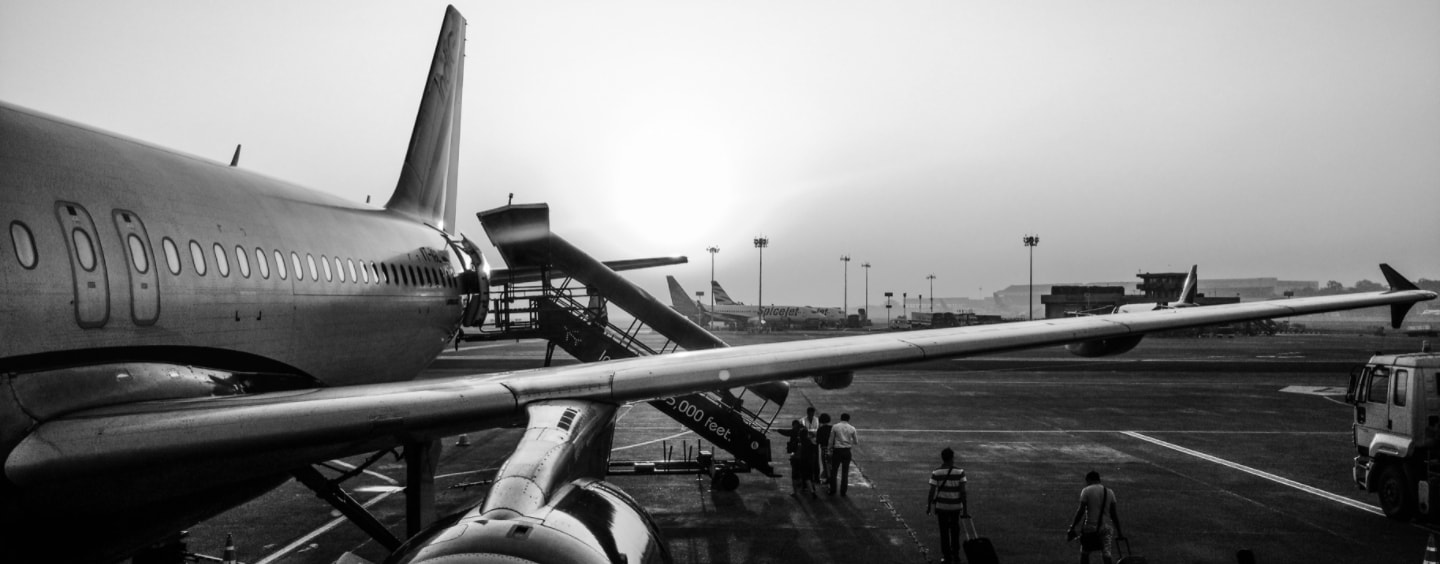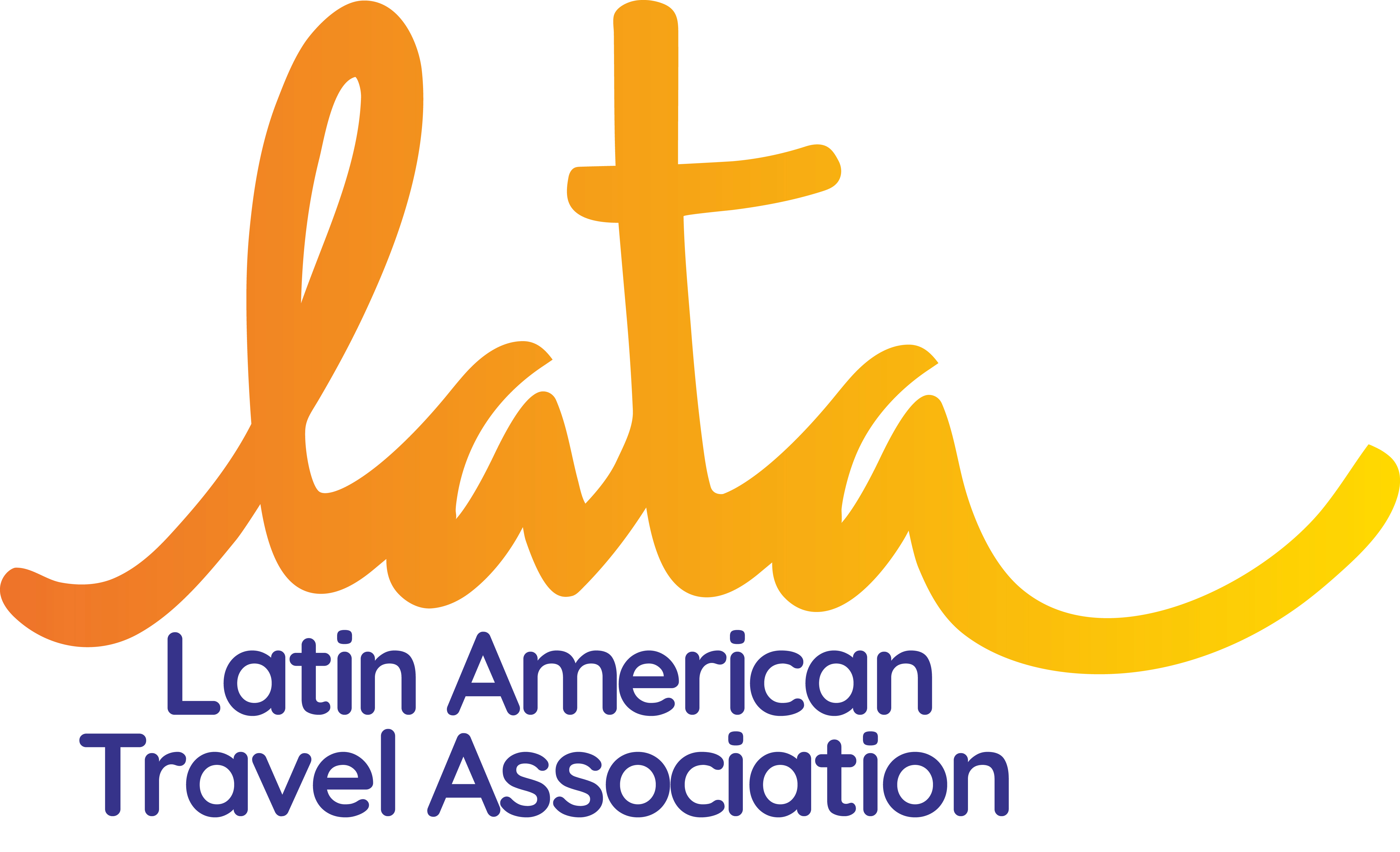Visit a Gem Mine
Ratnapura is the gem heart of Sri Lanka’s gem industry and probably in the world. Here you can visit a gem mine of your choice to gain an insight into gems. There are many gem mines and shops around here. Also it is worth visiting the gem museum in the city.
Ratnapura “City of Gems” is a small city in Sri Lanka. It is the regional capital city of Sabaragamuwa Province. Some say the modern name is derived from the Portuguese name “Rapadura” for jaggery, the palm candy produced traditionally in this region, but the more common explanation in Sri Lanka is that it comes from the Sinhala “Ratna” meaning gems and “Pura” meaning city.
It is the centre of a long-established industry of precious stone mining including rubies, sapphires, and other gems. Apart from gem mining, the city is known for rice and fruit cultivations. Large plantations of tea and rubber surround the city. Tea grown in this region is called low-country tea.
Ratnapura, aptly named the “City of Gems” in Sinhala, is the heart of Sri Lanka’s gem industry and a gateway to some stunning natural and cultural sites.
Here is a guide to the key attractions and the best time to visit:
1. The Gem Industry Attractions
The primary reason to visit Ratnapura is to delve into the fascinating world of precious stones. The region is famous for producing some of the world’s finest sapphires (including the highly-prized cornflower blue variety), rubies, cat’s eyes, and alexandrites.
- Gem Mines: You can visit active gem mines in and around Ratnapura to witness the traditional, labor-intensive process of gem extraction, from digging and washing gravel to sorting the stones. Some mines offer guided tours and the chance to buy gems directly.
- Gem Museum (Gemological Museum): This is the best place to learn about the history, geology, and cutting/polishing process of Sri Lankan gemstones. It features exhibits of rare and exquisite gems, providing context to the entire industry. The Ratnapura National Museum also features exhibits related to the gem industry.
- Ratnapura Gem Market: This bustling, vibrant marketplace is where miners, traders, and buyers congregate. It’s a lively spot to witness the gem trade in action and is open daily.
2. Natural and Adventure Attractions
Ratnapura’s location makes it an excellent base for exploring the wet-zone rainforests and mountain peaks of Sri Lanka.
- Sinharaja Forest Reserve: A nearby UNESCO World Heritage Site and one of the best-preserved tropical rainforests in the country. It is a biodiverse paradise, perfect for nature walks, birdwatching, and observing endemic flora and fauna.
- Sri Pada (Adam’s Peak): Ratnapura is at the foot of this sacred mountain, which is revered by multiple religions. The Gilimale route is one of the starting points from Ratnapura. The pilgrimage season runs from the full moon in December to the full moon in April, during which time the climb is most popular.
- Waterfalls: The surrounding area is rich with beautiful waterfalls:
- Bopath Ella Waterfall: Known for its unique shape, which resembles a sacred Bo leaf.
- Kirindi Ella Waterfall: One of the country’s tallest and most scenic waterfalls, cascading from a height of about 116 meters.
- Kalthota Duwili Ella Falls: Also known as the ‘Veil of the Bride’.
- Katugas Ella Falls: A beautiful, lesser-known waterfall.
- Udawalawe National Park: While a bit further afield, it is a popular day trip for a wildlife safari, famous for its large herds of elephants, water buffalo, and diverse birdlife.
3. Cultural and Historical Sites
The region offers several significant cultural and historical landmarks.
- Maha Saman Devalaya: Arguably Ratnapura’s most important cultural and religious site. This ancient temple is dedicated to the deity Saman, believed to be the guardian of the region and Adam’s Peak. The annual Esala Perahera festival held here is a spectacular cultural event.
- Ratnapura National Museum (at Ehelapola Walawwa): Housed in a historic mansion, the museum displays cultural, archaeological, and natural heritage exhibits, including local history and artifacts related to the gem industry.
Best Time to Visit Ratnapura
Ratnapura has a tropical climate and receives rainfall throughout the year, but there is a distinct drier season.
| Period | Key Considerations |
| January to March | Best Time to Visit. This is the driest period with the lowest average rainfall, offering the most pleasant weather for outdoor activities, trekking, and visiting the gem mines and waterfalls. |
| December to April | Generally considered the Dry Season. Also coincides with the Sri Pada (Adam’s Peak) pilgrimage season. |
| May to October | Monsoon Season (Wet Season). Expect heavy, frequent rainfall, which can make travel difficult and cause some gem mines to close. Waterfalls will be at their fullest and most dramatic, but outdoor activities are challenging. |
| September | A good month for a cultural visit, as the city comes alive with a procession/festivities (sometimes related to the Maha Saman Devalaya’s Esala Perahera). |

Unsure Where To Start?
Let’s talk about your Earth Trip


Our travel specialists are seasoned explorers with deep local insights. Whether it’s uncovering hidden gems or planning immersive cultural experiences, we design trips that go beyond the ordinary. Get in touch today!
Request A Video Meeting









 Ratnapura
Ratnapura